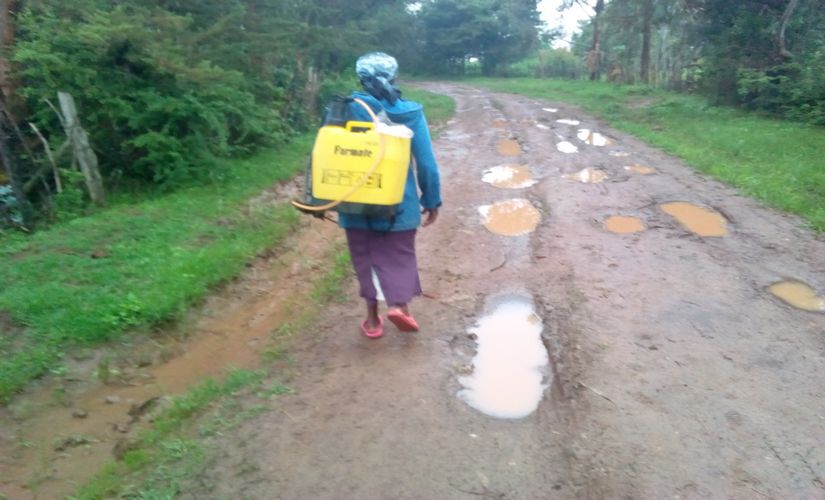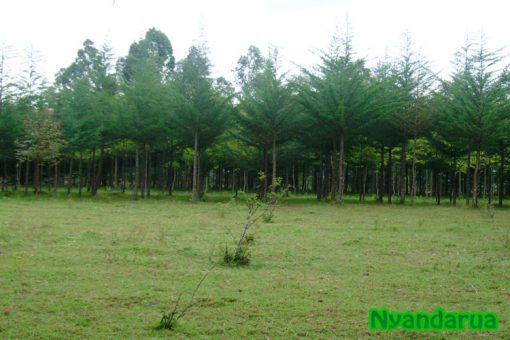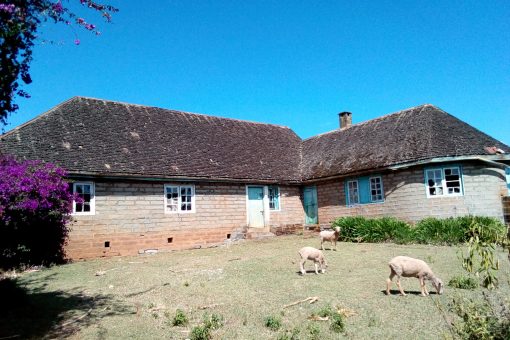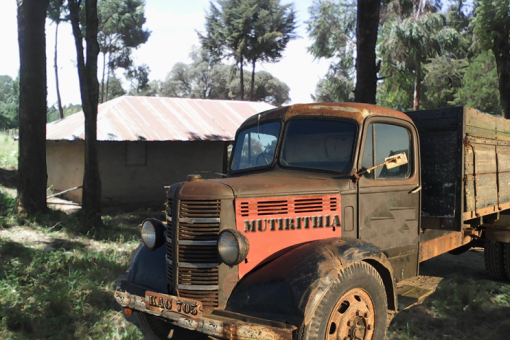There were lots of commodities that required transportation in Nyandarua all year round. The rural roads have always been a nightmare to navigate and sadly they have remained in the same terrible state to this date.
Roads that started out as murram roads now had potholes so deep a small child could easily disappear in them. The roads had deep trenches dug by wheels of trucks and tractors as they plowed their way through thick mud during the rainy season. Those trenches later filled up with water during the rains turning the roads into streams. Those streams eroded the soil exposing huge boulders that were left dangerously exposed in the middle of the road, making it treacherous for automobile and bicycle riders.
With plenty of rain falling, thick overgrowth encroached onto the roads, and with nobody maintaining the roads, the once wide roads kept getting narrower and narrower.
That is the sad state of the Nyandarua rural roads. It was on those roads that my brothers and other farmers pushed wheelbarrows carrying two or more milk cans containing 50 liters of milk each. Wheelbarrows were also used for ferrying crops from the farms, farm produce to the market, maize to the posho mill, fetch water, firewood and much more. Pushing a wheelbarrow meant human strength at work. One applied their body strength as they carefully navigated uneven terrain on those nonexistent rural roads.
Women carried heavy loads on their backs, walking long distances on those uneven roads, sometimes enduring dangerous and embarrassing falls, but they had no choice, they trudged on those roads for years.




